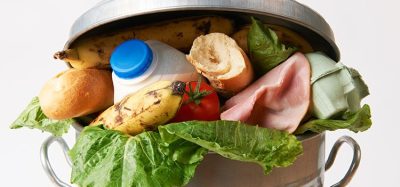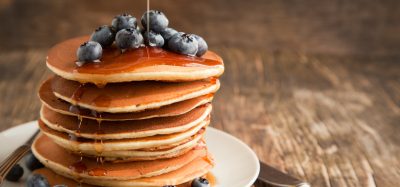Fat systems that lower saturated fat in baked goods
- Like
- Digg
- Del
- Tumblr
- VKontakte
- Buffer
- Love This
- Odnoklassniki
- Meneame
- Blogger
- Amazon
- Yahoo Mail
- Gmail
- AOL
- Newsvine
- HackerNews
- Evernote
- MySpace
- Mail.ru
- Viadeo
- Line
- Comments
- Yummly
- SMS
- Viber
- Telegram
- Subscribe
- Skype
- Facebook Messenger
- Kakao
- LiveJournal
- Yammer
- Edgar
- Fintel
- Mix
- Instapaper
- Copy Link
Posted: 4 May 2016 | Victoria White, Digital Content Producer | No comments yet
Cargill scientists have created fat systems that lower saturated fat by as much as 40% in shortenings, without compromising finished product attributes…


Cargill scientists have created fat systems that lower saturated fat by as much as 40 percent in shortenings, without compromising finished product attributes.


Cargill researchers presented the three novel approaches to reducing saturated fat in bakery applications this week during the American Oil Chemists’ Society annual meeting.
“This research demonstrates a significant leap forward in our understanding of the structure and function of fats throughout the bakery process,” said Serpil Metin, principal scientist, Cargill. “With that knowledge, we are working to unlock new low-fat and reduced-saturated-fat solutions that meet the needs of bakeries and help address the health concerns of consumers.”
Food companies have significantly eliminated trans fats, relegating structuring capacity almost exclusively to saturated fats. Yet health concerns also surround saturated fats, sparking widespread interest in developing alternate structuring elements. Developing and commercialising reduced-saturated-fat shortenings that deliver the right combination of functionality, cost and label-friendly ingredients has proven difficult.
Before tackling the challenge of reducing saturated fat levels in bakery shortenings, Cargill researchers gained a comprehensive understanding of how fat behaves at a molecular level. They analysed its structure at each stage of the production process, from mixing to the end of a product’s shelf life. Then, they created bakery models to predict the specific application performance of each reduced-saturated-fat alternative. In the end, the researchers landed on three promising approaches to lower saturated fat levels:
- Starch/Oil Blend
- Vegetable Waxes and Monoglycerides
- Emulsions
The Cargill teams found positive results with each approach to reducing saturated fats. The researchers were able to create fat systems that reduced saturated fat levels by 40 percent, yet still provided performance comparable, and in some cases superior, to that of commercial shortenings. A summary of each of the approaches is provided below.
Starch/Oil Blend
Cargill researchers replaced some of the traditional saturated fat with a blend of canola oil, a product lower in saturated fat, and starch. Using particle stabilisation technology combined with fat crystal optimisation, the researchers created a structured fat system that reduced saturated fat levels by 40 percent compared to the same source fat without sacrificing key performance characteristics. In addition, depending on the reduced-saturated-fat levels, the resulting functional bakery shortenings had fewer total fat and calories.
Vegetable Waxes and Monoglycerides
In a separate study, Cargill researchers focused on controlling how fat solidifies. As fat cools, it forms crystals. The researchers found that by combining vegetable waxes and monoglycerides with canola oil and palm stearin, they could influence the size, shape and speed at which those crystals form. The resulting fat system lowered saturated fat levels, while maintaining critical fat structures.
Emulsions
A final approach explored using emulsions to dilute saturated fat levels. While water and fat naturally separate, Cargill researchers devised a method of encasing water droplets in shells made of monoglycerides and hard fats.








